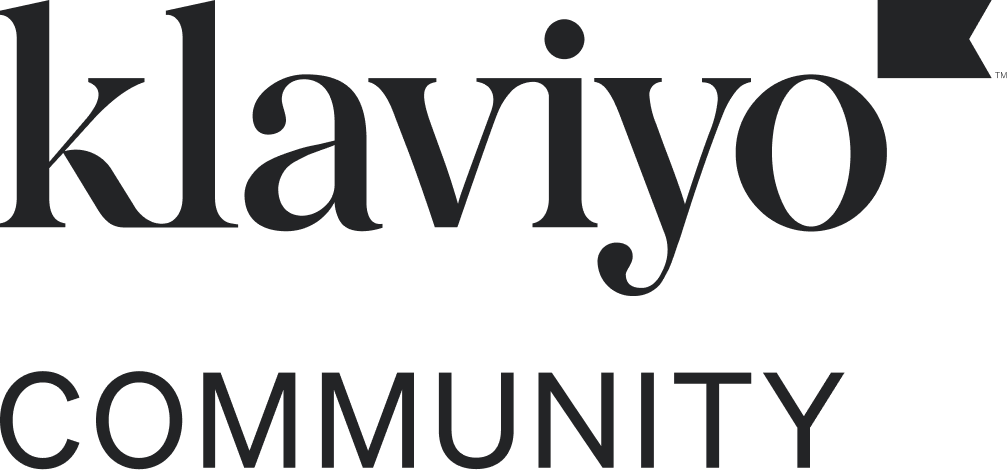Hi Community!
Winback emails are pretty standard practice in marketing, and with good reason. They have been proven to boost engagement and bring customers back into the buying cycle. However sometimes I’ll be working with a client who has implemented a winback flow, but they aren’t seeing good results. Why does it work for some businesses, and not for others? The answer is in the details.
How to Create an Effective Winback Strategy
While a business might be sending out emails that are triggered by inactive accounts, there’s no guarantee that the email will be received, opened, or influence the customer to reengage. Not unless you tailor that email to meet not just your needs, but the needs of the customer. So before you create a generic email with the title “winback,” you first need to identify why the customer stopped engaging and what would persuade them to come back.
Identify What Persuades Your Users
To identify the why you’ll need to first evaluate your own product and anticipated replenishment cycle. Is your product something long-lasting and considered a “one-time purchase” to the customer? If so, what could you offer that will keep them coming back if it’s not a replenishment purchase? For example, if you sell frying pans, chances are most of your customers won’t need a replacement pan for years, so their purchasing engagements will dwindle. However, you can still reengage them with content. Offer accessories for smaller purchases, story or recipe-driven content, customer support, or ask for their opinions on your product.
Specify Your Strategy Based on Your Product Type
If your client sells something more consumable, for example, makeup, then starting your flow with purchase incentives might be better. I typically do a flow of two emails after an account has been silent for 60-80 days. The first one will have a discount code along with product recommendations based on the customer’s purchase or browsing history. This makes the email feel personal to the customer and hopefully catches their interest. The second email in that series would be a week later, if no action was taken from the first email, reminding them that they have a discount, but also establishing that this will be the final contact. I’ve found that most customers will unsubscribe if we send more than two emails. But you should always review your own analytics when developing your winback strategy. If your client or business is very reputable, with a very large following, then maybe a 3-4 emails in your winback flow would be effective.
Testing Makes Perfect
The best way to figure out which strategy will work best for your or your client is to test. Klaviyo makes it easy to A/B test, so you should utilize that while you fine-tune your flow. Once you have a basic setup, you should also look at creating triggers based on the habits of your purchasers. If a customer was a big spender, but only made one purchase, or if a customer has had a long length of engagement, but has stopped recently, what kind of incentive would speak best to them individually? Again, A/B testing will be the best way to tailor these emails to your specific customers.
If you really want to build a winback flow that actually prompts reengagement, dig into your analytics and get to testing!
-
Want to talk further about all things ecommerce? DM me or connect on our partner page!
Resources Available to Keep Learning and other resources created by Chelsea:

